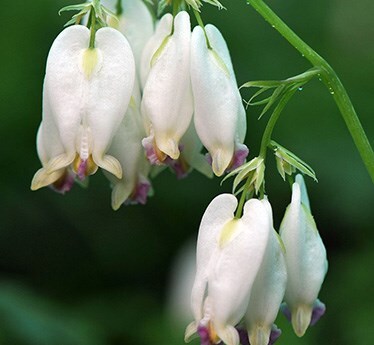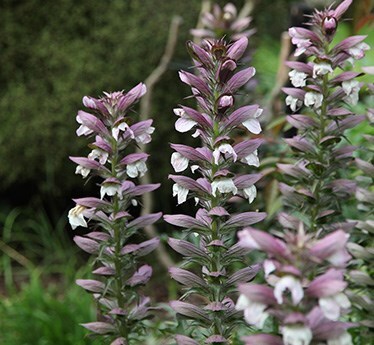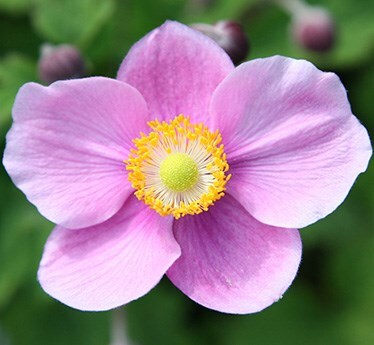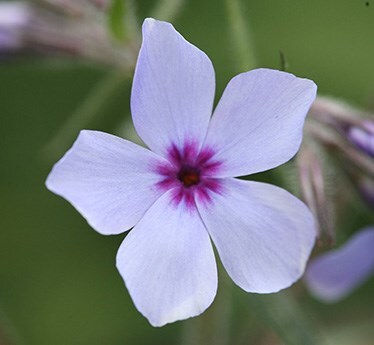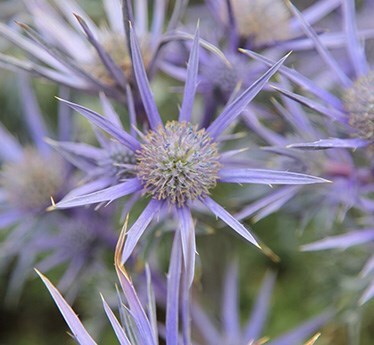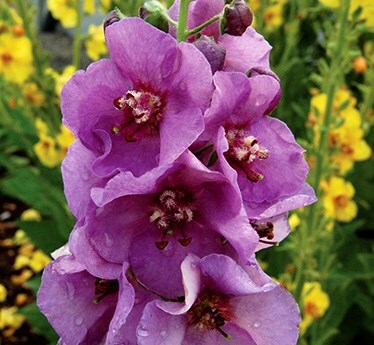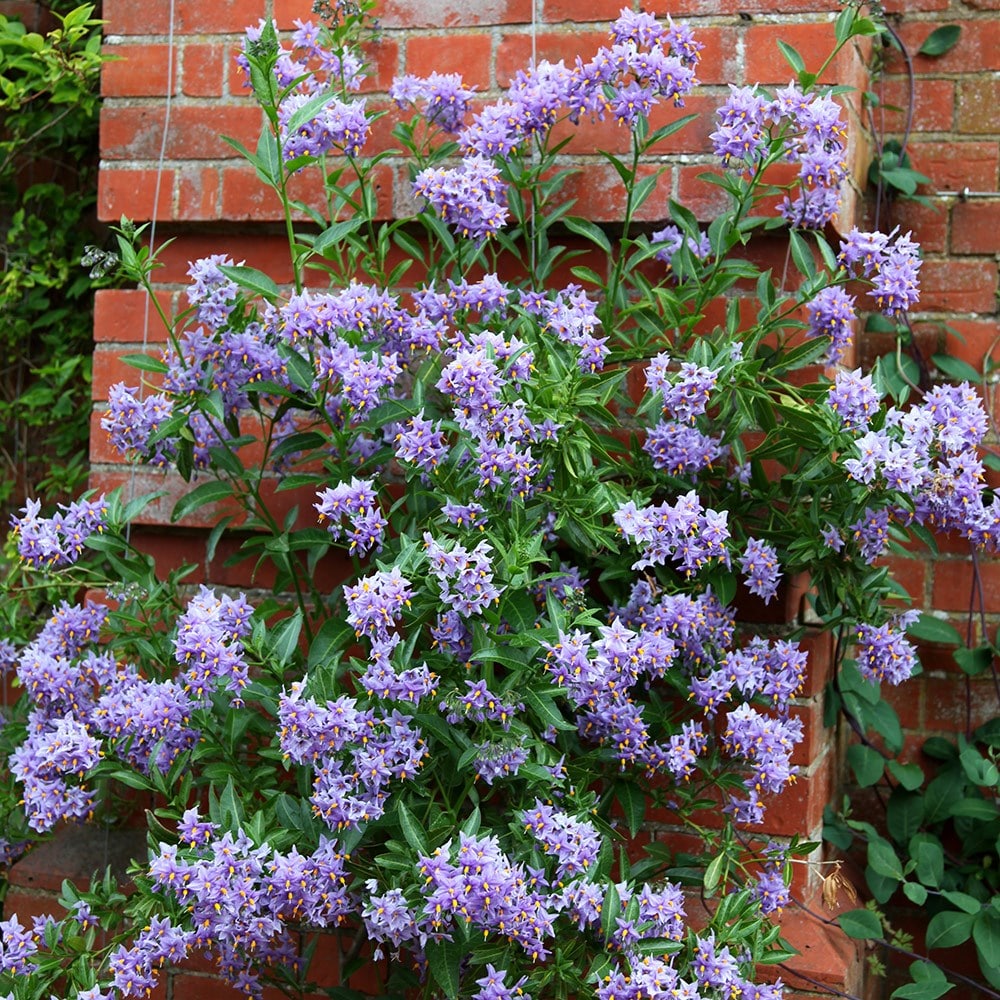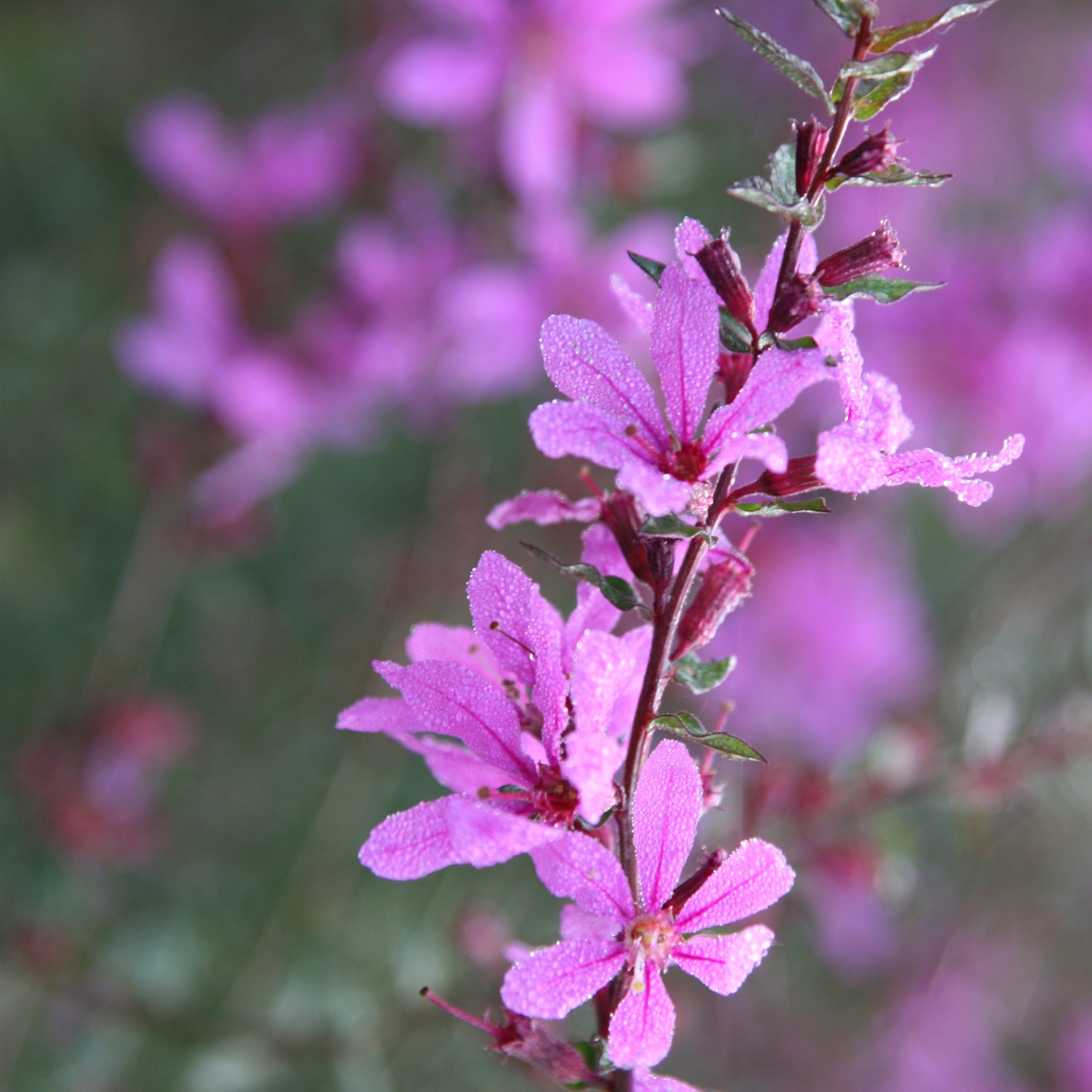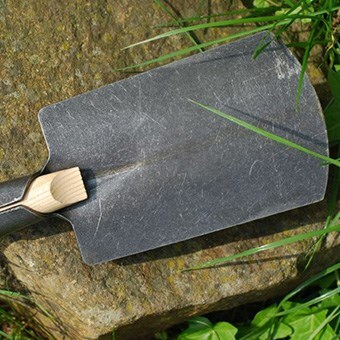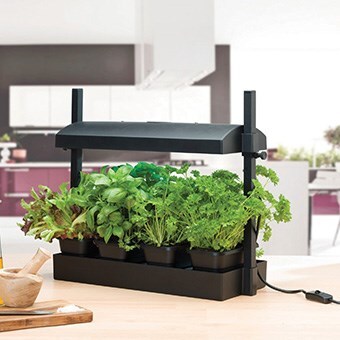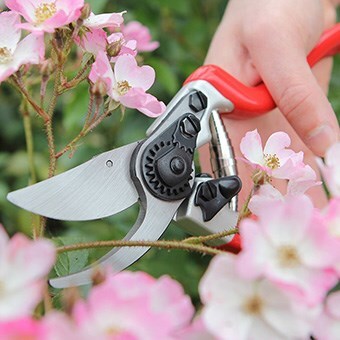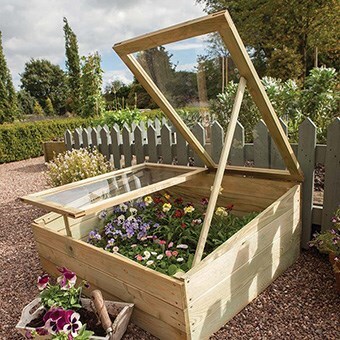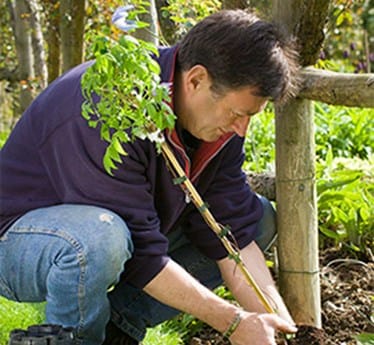Autumn experiments
I’m a great garden experimenter and I like nothing better than trying a new technique for the very first time. Take root cuttings, for example. It’s a great propagation method to try at this time of the year when there is little else going on and is very easy to master - ideal for beginners with an adventurous spirit.
Propagating from root cuttings is often recommended for particular fleshy-rooted herbaceous plants in gardening books, magazines and encyclopedias, so why not give it a go?
What to try from root cuttings?
Taking cuttings
It is curious that increasing plants in this way has never really caught on like other forms of plant propagation. Perhaps it’s the thought of scrabbling around in the mud disturbing prized specimens, or the frustration of not being able to find suitable root material? Or is it the mystique surrounding the technique or the very variable results that are often achieved?
The truth is, taking root cuttings is a method not widely used by professional growers and so little research has been done on what works and what doesn’t. Consequently, it’s become the propagation method of last resort for plants where nothing else seems to work.
Oriental poppies, for example, don’t take from shoot cuttings at all well, but can be propagated from root cuttings. But this just makes it all the more exciting – being at the cutting edge (so to speak) of gardening knowledge. Propagating by root cuttings works particularly well with naturally suckering plants. In fact a few, including lilac, can be propagated outside simply by burying a bit of root vertically in the ground.
Propagating by root cuttings works particularly well with naturally suckering plants. In fact a few, including lilac, can be propagated outside simply by burying a bit of root vertically in the ground.
How to take root cuttings
In my experience, the key to success with root cutting is the vigour of the parent plant. If the roots are growing strongly they are far more likely to sprout and grow as root cuttings.
- 1. Choose healthy roots of pencil thickness and cut them into 5cm sections with a straight cut nearest the crown and an angled cut furthest away – that way you will know which end is which. If there are no roots of this size, try finer roots cut into sections instead.
- 2. Do not use hormone rooting treatment on root cuttings as this can actually reduce your success rate. Instead, dust the cuttings with fungicidal powder.
- 3. Insert the cuttings in moist, gritty cuttings’ compost with the flat-top cuts just poking out of the surface. Finer roots should be laid horizontally on the surface of the compost.
- 4. Cover the surface and fine roots with a thin layer of sharp sand or grit, so that the tops of the larger cuttings are still visible.
- 5. Place the trays or pots of cuttings in a heated propagator or unheated coldframe and water sparingly to keep the compost just moist.
- 6. Don’t be hasty. New shoots can appear before new roots have been made, so check for signs of root growth through the drainage holes of the container before potting on.
Do not use hormone rooting treatment on root cuttings as this can actually reduce your success rate. Instead, dust the cuttings with fungicidal powder.
Other plants worth trying
Macleaya microcarpa Kelway's Coral Plume
2 litre pot
£19.99
In stock (shipped within 2-3 working days)
Lythrum virgatum Dropmore Purple
9cm pot
Offer was £8.99 £6.29
In stock (shipped within 2-3 working days)
Passiflora caerulea
3 litre pot | 60cm cane
Offer was £34.99 £27.99
In stock (shipped within 2-3 working days)


